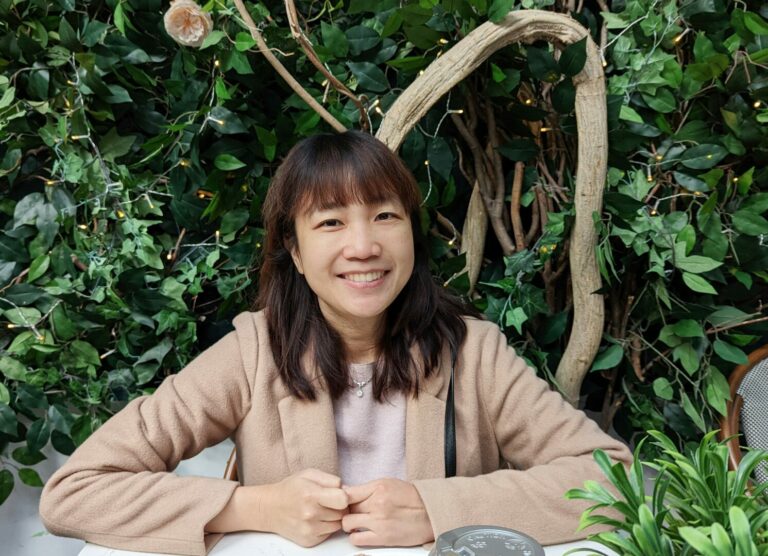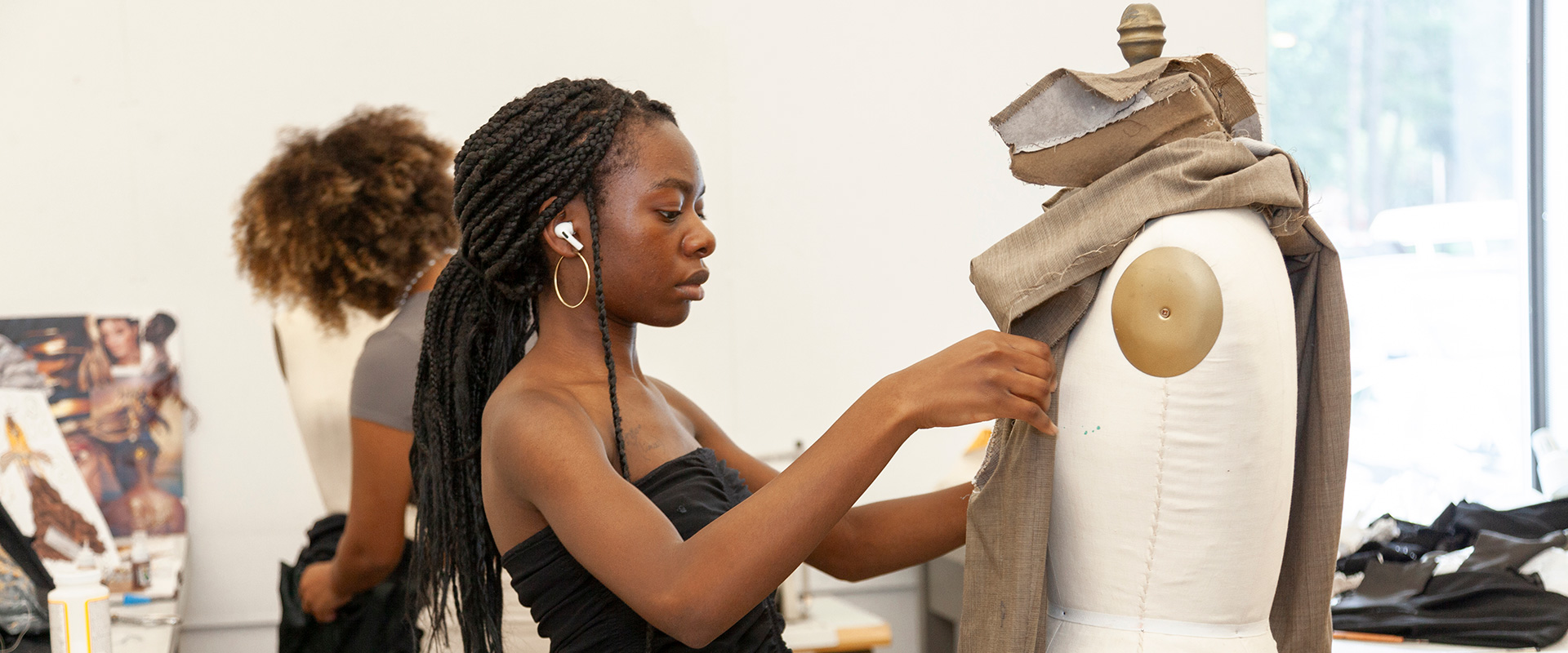We caught up with the brilliant and insightful Rachael Bohlander a few weeks ago and have shared our conversation below.
Rachael, we’re thrilled to have you sharing your thoughts and lessons with our community. So, for folks who are at a stage in their life or career where they are trying to be more resilient, can you share where you get your resilience from?
I was “lucky” in a way. I figure skated, from age 8 through seventeen. When I was 12, I had a hard deadline: I had to pass a particular figures test in order to complete in the regionals qualifying competition. If I didn’t, I would be deemed too old to compete at my current level and unable to compete.
I did everything right. All the practices, plus more extras than I could count. I’d never failed at anything before. I was a good kid, I worked hard, and things worked out for me. I took the test and felt good about it. I shouldn’t have. There were three judges. I had to pass with two out of three. One passed me. The other two failed me by a tenth of a point. Both of them.
I was more shocked than anything else. But upset enough that I still remember it like it had happened this morning, not almost 40 years ago. The thing is, the world didn’t end. I still had to get up the next morning and go to practice. I still had work to do. No, I wasn’t able to compete that year in the qualifying event, but that next morning, my coach and I were focused on the next year and what I would need to do to be ready for that.
The lesson: You get 24hrs to wallow and feel sorry for yourself. However you want to do that, but all means go for it. My wallowing has changed over the years. I prefer a good bottle of wine now, not an option or even a thought back when I was 12. And then the next morning you get up. You look objectively at what happened. Take what is useful from that, and get back to work.
This applies to everything. Now I am a visual artist. Disappointments and failures can be more frequent than successes. And success is difficult to define. But the lesson remains the same: Life doesn’t end. Your career isn’t over. You learn, adapt, and move forward. Whatever that may look like.
About five years ago, I was in a gallery in Chelsea to see an exhibition by Brenda Goodman, an artist who has experienced disappointments and success. She was giving a tour of her work to MICA MFA students. The final questions was what she did when she had a bad review or other similar “failure.” She answered, whiskey. Then she added (paraphrased): you get a day and night to feel sorry for yourself. The next morning, you get up and you go to the studio. You re-read that review. You think about it objectively. Take what is important and what you can learn from it. Then you get back to work.
Since then, I have called my lesson the Brenda Goodman Rule. It is about resilience. I share it with my students. I share it with my colleagues. It serves us all well.

Great, so let’s take a few minutes and cover your story. What should folks know about you and what you do?
I am a D.C.-based Visual Artist, working in 2- and 3-dimensions, painting and mixed media. This is my career and my purpose. I am also a “recovering lawyer” and videographer/editor (a skill I learned during the COVID lockdown). I have been able to leverage these skills into contract jobs to help pay the bills while staying within my field and building relationships and contracts within the arts community in NYC and D.C. Everything I’ve learned and experienced before switching to art full-time a decade ago is helpful now. An art practice can be just as much a business as it is a creative exploration. It truly is a journey. I am grateful for all of it; the good, the bad, the weird and the ugly.
This has been a rewarding year. I received my first grants, which have freed me up financially to focus more on art making. It also enabled me to connect and begin working with the Jonathan and Barbara Silver Foundation in Greenpoint, Brooklyn, on an exciting new video series highlighting specific works by Silver through one-on-one discussions with the organization’s Artistic Director and other artists, critics and art historians. Those videos are available on the website and through YouTube, free to the public. I am also preparing for a solo show in January at the Arts Club of Washington in D.C. I am very much looking forward to the opening on January 3rd to bring in the new year!

There is so much advice out there about all the different skills and qualities folks need to develop in order to succeed in today’s highly competitive environment and often it can feel overwhelming. So, if we had to break it down to just the three that matter most, which three skills or qualities would you focus on?
Prioritization: I cannot stress this enough. As a self-employed artist and contractor with multiple clients, there are always myriad projects, deadlines, applications, shows, events and other items demanding attention. Determining a hierarchy of what needs attention NOW, versus later, and how to schedule time to work on items incrementally is key to not always feeling overwhelmed and reacting instead of acting with purpose and thoughtfully.
Maintaining records: This is for artists. Have a record of your work on a spreadsheet. Keep high-quality images in a well-organized folder. Make sure you have an updated website and a ready artist statement and artist bio at hand. Keep records on what you spend on materials and a client info sheet on the collectors who purchase your work. It takes time to maintain all of this, but it will save you time and heartache in the end. Gallerists don’t wait when they want to know what works you have available. For every grant, exhibition, residency or fellowship application, you will save yourself hours of searching and writing if these are already set to go. Same with references.
Communication: Whether its one-on-one, a small group or a large one, or though a written document – email, memo, statement, or essay – learning how to communicate with your audience clearly and succinctly about what you are doing, your intentions, needs and subject is key. Don’t couch it with self-depreciation. Don’t bury the lead. No hemming and hawing. You’ve got this. You know it, it’s what you do. They are there because they want to learn from you. Show them what you’ve got and what you have to offer with confidence.

Before we go, maybe you can tell us a bit about your parents and what you feel was the most impactful thing they did for you?
My parents taught me to show up: Do what you say you are going to do, do it on time and do it to the best of your abilities. It is about personal pride and accomplishment. Whatever the task, no matter how big and important or small and menial.
My dad had an expression: You play, you pay. He played as hard as he worked. He always showed up, prepared, and ready to go. He maintained a very healthy balance between the professional and what was important to him personally. He also thought me to say “why not?” instead of coming up with reasons for why not.
My mom hates loose ends. She always sees something through. If she started it, it will get finished. Even if it is a personal goal that takes years, She also taught me empathy and to listen. Not just hear, but really listen to people and to put myself in their position. Even when the lessons are hard, it is important to take that in and learn from it to be a better person for it.
Contact Info:
- Website: http://www.rachaelbohlander.com
- Instagram: @rachael.bohlander
- Linkedin: https://www.linkedin.com/in/rachael-bohlander-655815184/

Image Credits
Artwork images taken by Greg Staley
so if you or someone you know deserves recognition please let us know here.




